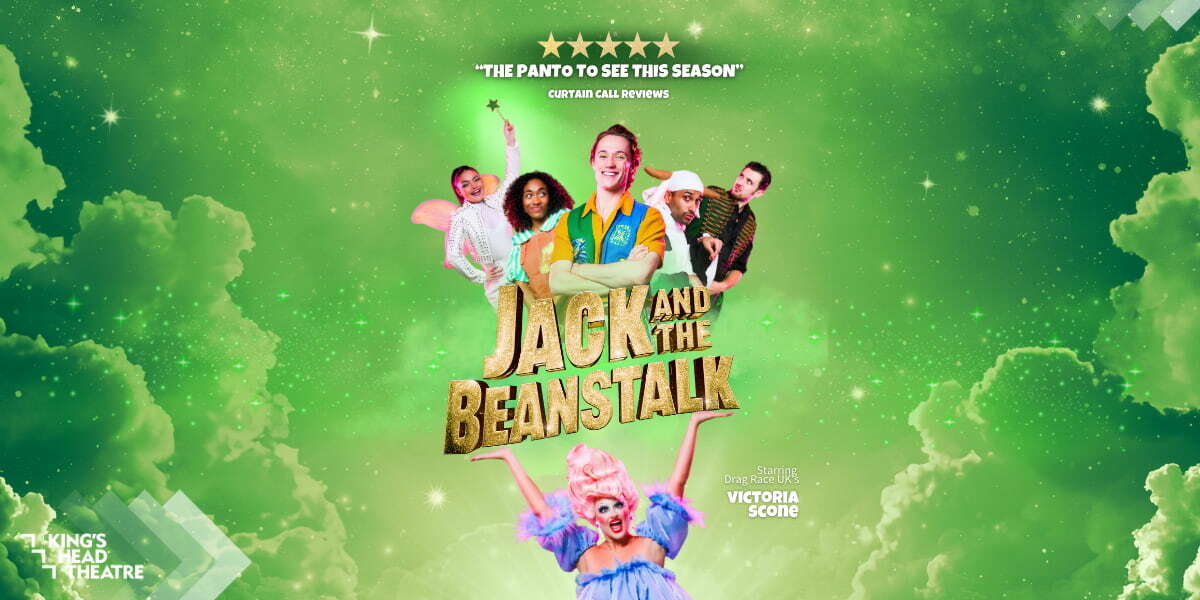Pantomime terms and techniques
Published on 6 June 2019
Last updated on 12 August 2025
Last year, the London Palladium brought us the hit holiday pantomime, Robin Hood. Now, in its tenth year, the West End venue is at it again with an all-new reimagining of Sleeping Beauty. In celebration of the new panto adaptation of this beloved British classic, which is set to premiere this Christmas, we've compiled a list of all the essential mime vocabulary, terms and techniques to help you better appreciate this exquisite art form.
What does “Pantomime” mean? (etymology & origins)
The term pantomime, often shortened to panto, comes from the Latin ‘pantomimus’, meaning “gestures used to support a theme.” The related word mime comes from the Greek ‘mimesis’, meaning “to imitate an activity.”
Historically, a mime performer was called a mummer, a term from Middle English ‘mum’, meaning “silent.” Both pantomime and mime share roots in the art of wordless storytelling, but they developed into distinct performance styles.
Mime vs pantomime: what’s the difference?
Mime is a universal art form often seen in street performances and busking, if you’re catching a pantomime at the London Palladium, you might get a glimpse of one near Covent Garden. Classic mime routines include: pretending to be trapped in an invisible box, climbing an imaginary rope or ladder, battling strong winds with an umbrella (a comedy favourite).
While both mime and pantomime rely on silence, gesture, and movement, their purpose differs: Mime focuses on a single, specific action. Pantomime tells a complete story, often made up of a series of mimes, with a clear beginning, middle, and end.
Essential pantomime & mime vocabulary
If you’re learning pantomime or mime, these are key terms you’ll encounter:
Tableau – A “living picture” where characters remain frozen in place, often used in plays during scene transitions.
Gesture – Any movement of the body to express an idea (e.g., miming unscrewing a jar lid). Consistency is vital, imaginary objects must remain the same size to preserve the illusion.
Cross – Moving from one side of the stage to the other.
Illusionary walk – Walking in place to create the illusion of travel, done in two styles: Profile Walk: Seen best from the side and Pressure Walk: Seen best from the front or back.
Exaggerated resistance – Making an action more defined and sharper to suggest weight, tension, or struggle (e.g., tugging a rope or lifting a heavy object).
The art of exaggeration
In both pantomime and mime, facial expressions are just as important as movement. For example: angled eyebrows + open mouth = surprise, squinted eyes + deep frown = effort or strain.
These amplified expressions help the audience “feel” the invisible world the performer is creating.


By Nicholas Ephram Ryan Daniels
Ephram is a jack of all trades and enjoys attending theatre, classical music concerts and the opera.

